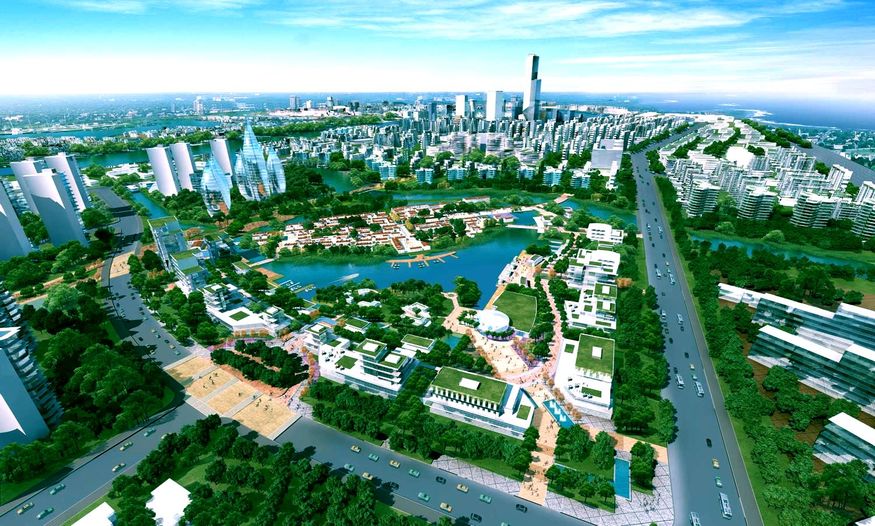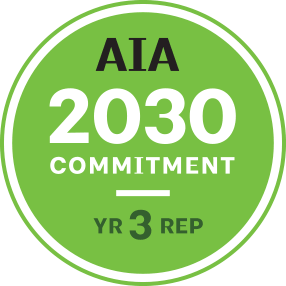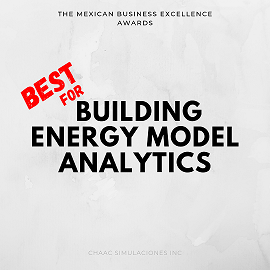|
There was a great progress in building sustainability and energy efficiency for the last 25 years[1]. The environmentalist and innovators are pushing this change from investors, to AEC[2] professionals and occupants. However, the goals they have set in mind is hardly reachable now: sustainability at city level. Newest, modern and high impact buildings are following the latest methods and technologies but small buildings, existing buildings, residential and non-residential consume a large amount of energy and generate more waste than they should. Based on a survey from professionals of the industry in multiple countries we have identified the source: Buildings must be designed/ built/ maintained/ and retro-fitted to reduce operating costs. This is a paradigm shift from reducing initial cost to reducing the life-cycle cost of a construction. An increment of 5% to the initial investment of a building generate at least 25% reduction in operating cost. Considering the always increasing cost of utilities (water, electricity, and natural gas) and that most buildings lifespan is of 30 years, there is no doubt of the advantage of sustainability without talking about the benefits for our health and the planet. Experts of the field are struggling everyday for this cause and are not satisfied with the results, the reasons why are:
Special thanks to the various professionals whom share their opinions about the building industry challenges. This article launches a series of articles which aim to educate the masses about benefits of sustainability. Please share your opinion below, your participation means a lot to us. Recommended additional content:
References:
[1] The U.S. Green Building Council was founded in 1993, it is a membership-based non-profit organization that promotes sustainability in building design, construction, and operation.
[2] The architecture, engineering and construction (AEC) industry consists of separate players who work together to bring a project to fruition.
0 Comments
|
Suggest topicsWeekly our team select the most relevant topic of the industry to talk about. However, our readers' interests are even better. Archives
June 2021
Categories
All
|
GREEN BUILDING CERTIFICATION - ENERGY MODELING - |
Offices | OficinasCalle 20 438, Oficina 116,
Colonia México, Mérida, Yucatán, México 97125 +52 999 838-0096 [email protected] |
Copyright © 2018-2024 Chaac Simulaciones Inc. All Rights Reserved.
|


 RSS Feed
RSS Feed








